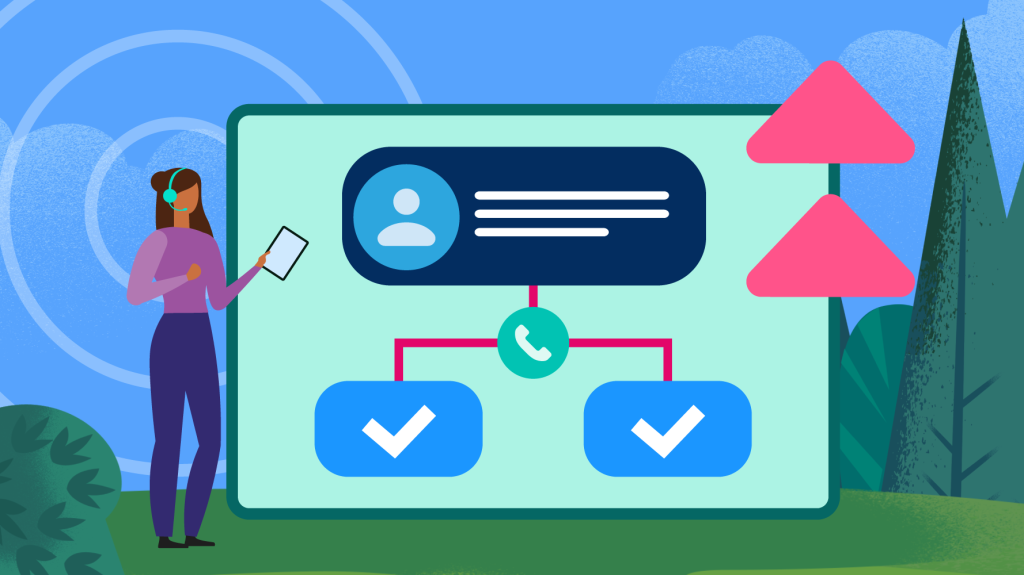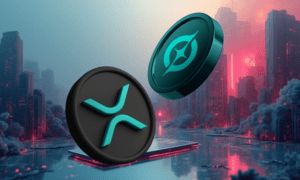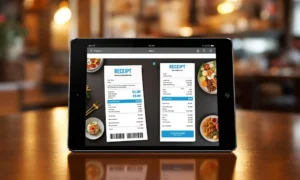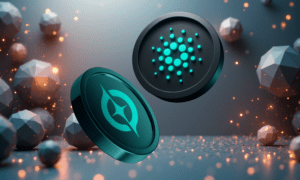Imagine being a sales representative, spending the majority of your time doing non-selling tasks rather than doing actual selling. This isn’t just imagination any longer, because research shows that sellers only spend 30% of their time actually selling. The rest goes into doing non-selling tasks like deal management, data entry, and administrative work.
This creates a lot of bottlenecks for sales reps, as they are unable to have any key conversations down the sales funnel. This is where AI SDRs come into play. AI SDRs are, as the name suggests, AI-powered sales development representatives that automate most of the mundane tasks that salespeople have been doing the most of.
With AI, these tasks can be handled automatically and done 24/7, assisting sales teams in effectively managing all of their incoming leads. In this article, we’re diving deep into the roles of AI SDRs in lead qualification and conversion rates.
The Rise of AI SDRs: More Than Just Automation
But before we dive into its nuances, we first need to understand the history of how sales representatives traditionally qualified leads. Before AI became a thing, SDRs used to manually build prospect lists with tools like LinkedIn, company websites, and paid databases. Then they would cold call, email, and spend more hours on personalising outreach, and log them on CRM systems.
The qualification of leads was based on certain questions that determined whether the leads would convert. But there is one major flaw in this system that you probably guessed by now. It’s extremely time-consuming.
That’s when AI SDR came into play. Here’s how they’re more than just automation:
- Not all leads are worth chasing: AI SDRs use smart scoring systems to show you who’s most likely to convert, saving time and boosting close rates by up to 25%.
- Intent signals are the new gold: AI quietly watches what prospects search, read, and click, so your team reaches out before they even raise a hand.
- Follow-ups don’t have to be manual anymore: AI handles the timing, channel, and message tweaks, leading to 2–3x more replies compared to old-school sequences.
- Your CRM shouldn’t be a graveyard of outdated info: AI fills in missing job titles, contact details, and company data so reps always work with fresh, accurate leads.
- The real win? More selling, less scrambling: AI SDRs cut out the admin grind, turning hours of busywork into focused, high-converting conversations.
We’ll be diving more into this in detail later in this article, so buckle up.
Where Conversion Rates Take a Hit – And Why
The lead funnel is basically a pathway to convert a lead into a sale, but along the way, multiple bottlenecks prevent the conversion from happening.
- Delay in Follow-Ups: Your potential clients are busy people; it is indeed natural for them to miss out on your emails, texts, or sometimes even calls. Delaying that follow-up basically means losing that potential client.
- Incomplete Lead Data: A lot of times, salespeople are so preoccupied that they’re unable to fill in the correct lead data—the job titles, contact details, or company size, stay missing in the CRM or lead database, leading to more delays and, in some cases, showing carelessness.
- Poor CRM Hygiene: It is going to be quite difficult to convert a lead if your CRM is filled with duplicate data, inconsistencies, and unlogged interactions. These delays and follow-ups lead to you going into a loop of losing another potential client.
- Manual Context-Switching: Manually toggling between tabs, like email for leads, LinkedIn for data, and all of that is extremely time-consuming, and drains the sales representative to the point they’re unable to focus on actually doing their job and converting the lead.
How Smart Workflows Are Winning Over Sales Teams
Smart workflows are being used by the top sales teams in the world today, and they’re doing that with the help of workflow-first tools. All the bottlenecks and tasks that take forever to complete? The same ones that take over 70% of the time of the sales representative? Workflow-first tools make sales easier by fitting right into the apps your team already uses—like your CRM, Slack, or email. Instead of switching between a bunch of different tabs or tools, everything just works together.
These tools automate routine tasks and keep info updated in real time, so reps spend less time clicking around and more time actually selling. AI SDRs are the best workflow-first tools. Since these tools plug into apps like Slack, teams can use them without changing how they already work. That means less time spent on training and fewer headaches getting everyone on board.
AI SDRs in Action: A Quiet Revolution in B2B Sales
AI SDRs are quietly transforming how sales teams work behind the scenes. They can automatically qualify leads by pulling insights from your CRM and external sources, so reps know who’s worth reaching out to. They also trigger workflows based on behavior, like when someone opens an email or attends a webinar, making sure no opportunity slips through.
And during live conversations, they surface key notes and context, right when AEs need them. Tools like Luru even let you do all this from within Slack; there is no tab-switching or distractions. It’s like having a helpful assistant who’s always one step ahead.
Conclusion
AI SDRs are changing the game for modern sales teams by removing the noise and letting reps focus on what they do best—selling. From qualifying leads faster to sending timely follow-ups and enriching CRM data, AI SDRs handle the heavy lifting behind the scenes.
They cut out repetitive tasks, reduce context-switching, and help salespeople engage with the right leads at the right time. And with workflow-first tools like Luru, everything happens right where your team already works, with no extra tabs and no complicated training. In a world where every minute counts, AI SDRs help teams sell smarter, not just harder.

































